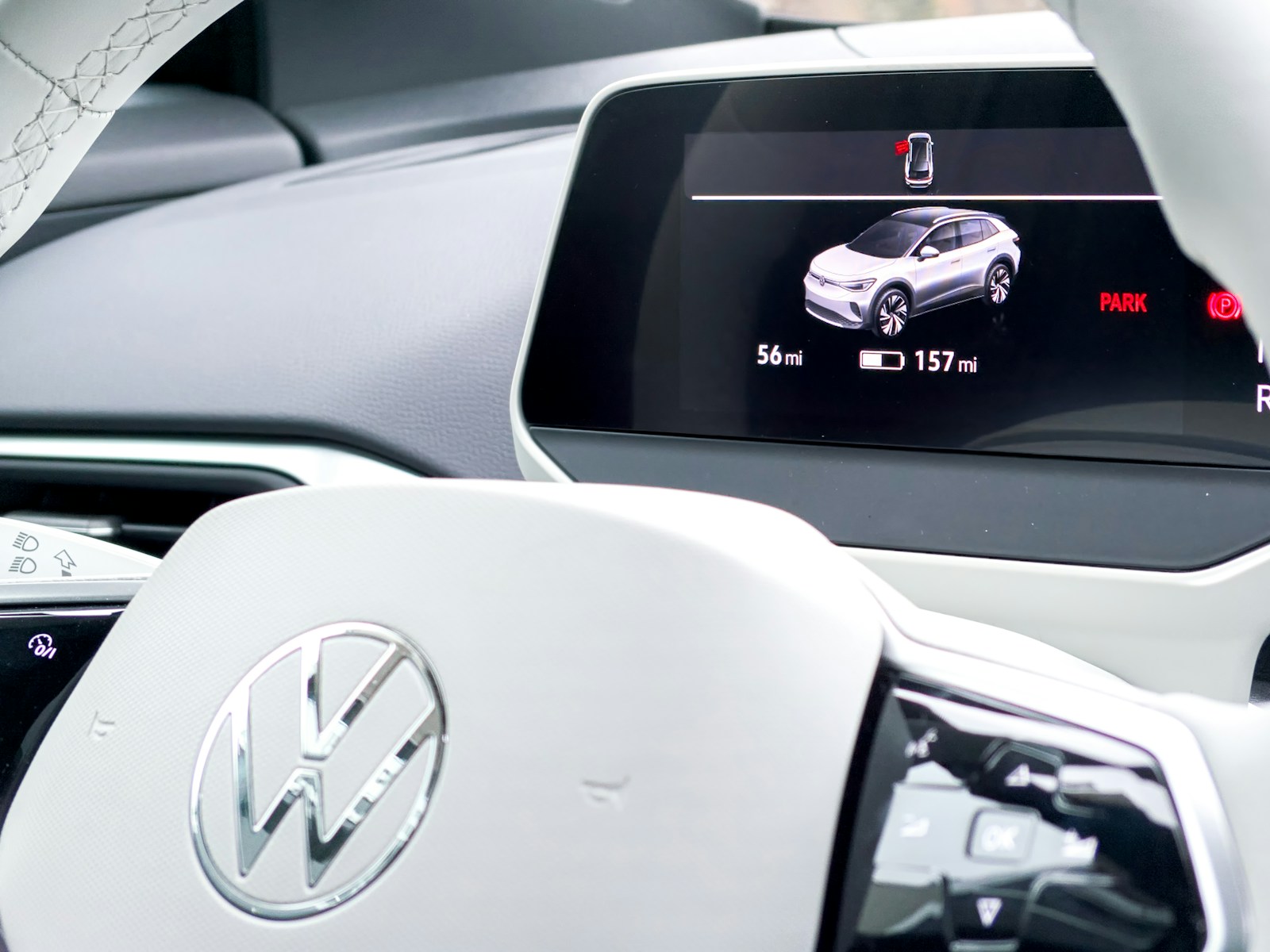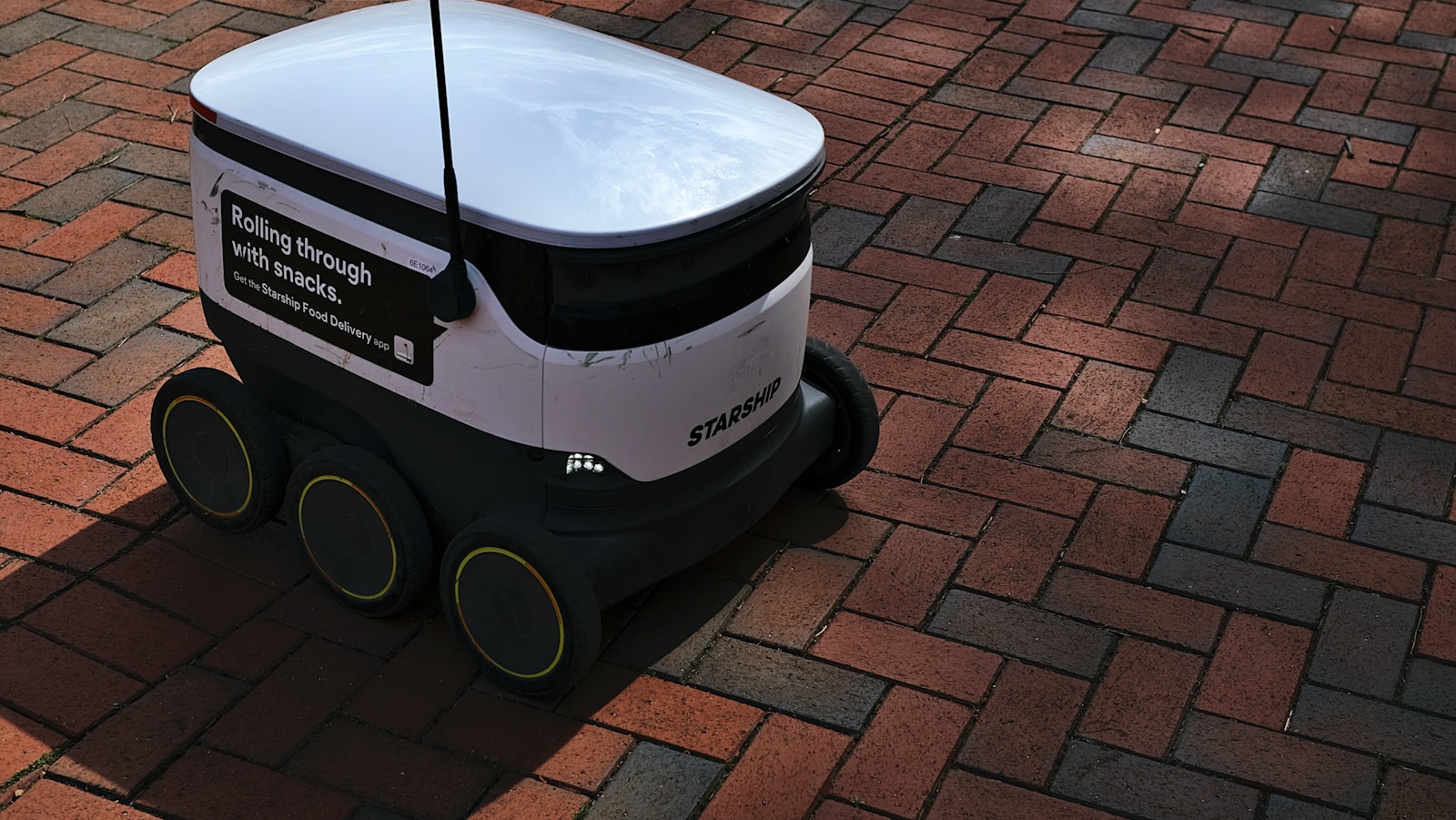Leveraging IoT for Real-Time Traffic Management and Congestion Control
The Role of IoT in Optimizing Traffic Flow in Smart Cities
IoT in real-time traffic management is revolutionizing how smart cities like Riyadh and Dubai tackle congestion and enhance mobility. By integrating IoT technologies, cities can collect and analyze vast amounts of data from sensors, cameras, and connected vehicles to manage traffic flow more efficiently. IoT systems enable real-time monitoring and dynamic adjustments to traffic signals, providing immediate responses to changing traffic conditions, which is critical in bustling urban environments where delays can significantly impact economic productivity and quality of life.
In Saudi Arabia, where urban centers are rapidly expanding, the implementation of IoT-driven traffic management solutions aligns with the nation’s broader digital transformation goals. By leveraging real-time data, authorities can predict and alleviate traffic congestion before it becomes problematic, thus improving overall traffic flow and reducing commute times. This is particularly valuable in Riyadh, where rapid growth and increased vehicle ownership have posed significant challenges to traditional traffic management approaches. IoT solutions, such as adaptive traffic lights and connected infrastructure, allow for a more proactive approach, enhancing the city’s capacity to manage its roads effectively.
Similarly, Dubai’s commitment to becoming one of the smartest cities in the world has led to significant investments in IoT for traffic management. The city’s Roads and Transport Authority (RTA) utilizes IoT technologies to monitor traffic conditions, manage public transportation, and optimize route planning. By implementing IoT-enabled solutions, Dubai can not only reduce congestion but also minimize environmental impact by lowering vehicle emissions. For business leaders and entrepreneurs in the UAE, these advancements present opportunities to engage in public-private partnerships, offering innovative solutions that contribute to the city’s vision of seamless, efficient mobility.
Benefits of IoT in Reducing Traffic Congestion
The integration of IoT in real-time traffic management offers several benefits, particularly in reducing congestion and improving urban mobility. One of the most significant advantages is the ability to provide dynamic traffic signal control, where signals adapt to real-time conditions rather than following pre-set schedules. In Riyadh, this approach has proven effective in minimizing wait times at intersections, optimizing traffic flow, and reducing the overall travel time for commuters. By reducing stop-and-go traffic, IoT technologies also contribute to lower fuel consumption and emissions, supporting the city’s sustainability goals.
In Dubai, IoT-enabled traffic management systems are integrated with advanced analytics to predict traffic patterns and suggest alternative routes to drivers. This predictive capability allows the city to take proactive measures, such as diverting traffic away from congested areas or adjusting public transport schedules to accommodate increased demand. The result is a more fluid traffic system that can handle the pressures of peak hours and special events with greater ease. For business executives, the efficiency gains from reduced congestion translate to lower operational costs and improved employee productivity, as less time is spent in traffic.
Furthermore, IoT solutions enhance the ability of cities to respond to incidents and emergencies more effectively. Real-time data from connected devices enables rapid detection of accidents, allowing for quicker emergency response and minimizing the impact on traffic flow. In both Riyadh and Dubai, this capability is crucial for maintaining the safety and efficiency of the road networks, especially as these cities continue to grow and urbanize. For leaders and policymakers, investing in IoT for traffic management is not just about reducing congestion but also about building resilient, adaptable cities that can thrive amid rapid technological changes.
Strategic Implications of IoT for Business and Urban Planning
Implementing IoT in Urban Traffic Management: Challenges and Considerations
While the benefits of IoT in real-time traffic management are clear, implementing these solutions presents several challenges that business leaders and urban planners must address. One of the primary challenges is the integration of diverse IoT devices and data sources into a cohesive system. In regions like Saudi Arabia and the UAE, where multiple stakeholders are involved in urban planning, achieving seamless interoperability between various technologies is essential. This requires collaboration between public authorities, private companies, and technology providers to develop standardized protocols that ensure the reliable exchange of data across the network.
Another consideration is the cybersecurity risks associated with IoT deployments. As cities like Riyadh and Dubai expand their use of connected devices, protecting these systems from cyber threats becomes increasingly important. Ensuring the security of IoT infrastructure requires a comprehensive approach that includes robust encryption, regular security updates, and continuous monitoring for vulnerabilities. For business executives and city planners, prioritizing cybersecurity is critical to safeguarding public trust and maintaining the integrity of smart city initiatives.
Additionally, the cost of deploying and maintaining IoT infrastructure can be significant. While the long-term benefits of reduced congestion and improved mobility are clear, the initial investment in sensors, communication networks, and data analytics platforms can be substantial. To address this challenge, cities may explore funding models such as public-private partnerships, where the costs and risks are shared between the public sector and private investors. For businesses, these partnerships represent an opportunity to contribute to the development of smart city infrastructure while also benefiting from the increased efficiency and visibility that IoT technologies provide.
Leadership Strategies for Adopting IoT in Traffic Management
To maximize the benefits of IoT in real-time traffic management, business leaders and city officials must adopt strategic approaches that align with their long-term goals and vision. This involves fostering a culture of innovation within their organizations, where teams are encouraged to explore new technologies and develop solutions that enhance urban mobility. Executive coaching services can play a key role in equipping leaders with the skills and knowledge needed to navigate the complexities of IoT adoption, ensuring that projects are delivered successfully and meet the needs of the community.
Moreover, effective leadership in IoT deployment requires a commitment to continuous learning and adaptation. As IoT technologies evolve, staying informed about the latest advancements and best practices is essential for maintaining a competitive edge. Leaders should prioritize ongoing education and training for their teams, as well as actively participate in industry forums and collaborations that promote the sharing of knowledge and experiences. In cities like Riyadh and Dubai, where the pace of innovation is rapid, this commitment to learning is crucial for staying ahead in the race to build smarter, more connected cities.
Finally, leaders must engage with stakeholders at all levels to build support for IoT initiatives. This includes not only working with government agencies and technology providers but also engaging with the public to raise awareness of the benefits of IoT in traffic management. By fostering a collaborative approach and maintaining open lines of communication, business leaders can ensure that their IoT projects are well-received and contribute positively to the broader goals of urban development and digital transformation.
Conclusion
IoT in real-time traffic management is a powerful tool for enhancing urban mobility and reducing congestion in smart cities like Riyadh and Dubai. By leveraging the capabilities of IoT technologies, cities can create more efficient, responsive, and sustainable traffic systems that improve the quality of life for residents and support economic growth. For business leaders, executives, and urban planners, investing in IoT solutions for traffic management is not only a strategic priority but also an opportunity to lead the way in shaping the future of smart urban mobility.
—
#IoT #SmartCities #TrafficManagement #DigitalTransformation #SaudiArabia #UAE #Riyadh #Dubai #ModernTechnology #BusinessStrategy #Leadership #Innovation #UrbanPlanning #Mobility #Sustainability









